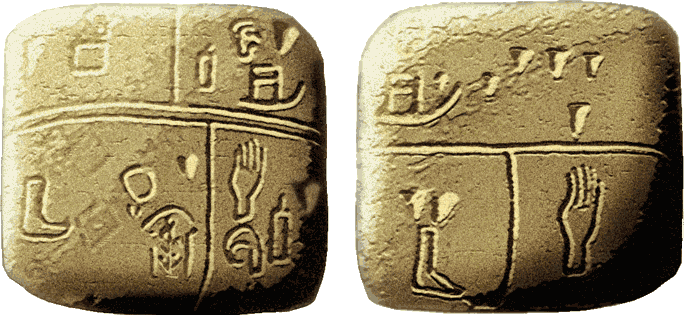P
unctuated equilibrium (also called
punctuated equilibria) is a
theory that proposes that once a
species appears in the
fossil record, the population will become stable, showing little
evolutionary change for most of its geological history.
Richard Dawkins regards the apparent gaps represented in the fossil record as documenting migratory events rather than evolutionary events. According to Dawkins, evolution certainly occurred but "probably gradually" elsewhere. Dawkins also emphasizes that punctuated equilibrium has been "oversold by some journalists",
[71] but partly due to Eldredge and Gould's "later writings".
[72] Dawkins contends that the hypothesis "does not deserve a particularly large measure of publicity".
[73] It is a "minor gloss," an "interesting but minor wrinkle on the surface of neo-Darwinian theory," and "lies firmly within the neo-Darwinian synthesis"
In his book
Darwin's Dangerous Idea, philosopher
Daniel Dennett is especially critical of Gould's presentation of punctuated equilibrium. Dennett argues that Gould alternated between revolutionary and conservative claims, and that each time Gould made a revolutionary statement—or appeared to do so—he was criticized, and thus retreated to a traditional neo-Darwinian position.
English professor Heidi Scott argues that Gould's talent for writing vivid prose, his use of metaphor, and his success in building a popular audience of nonspecialist readers altered the "climate of specialized scientific discourse" favorably in his promotion of punctuated equilibrium.
[78] While Gould is celebrated for the color and energy of his prose, as well as his interdisciplinary knowledge, critics such as Scott, Richard Dawkins, and Daniel Dennett have concerns that the theory has gained undeserved credence among non-scientists because of Gould's rhetorical skills.
Evolutionary biologist
Robert Trivers accused Gould of being "something of an intellectual fraud" for using claims that were "well known from the time of Darwin" (that evolution displayed "periods of long stasis interspersed with periods of rapid change") to support distinct but more "grandiose" claims regarding
species selection, despite the "rate of species turnover [having] nothing to do with the traits within species—only with the relative frequency of species showing these traits".













